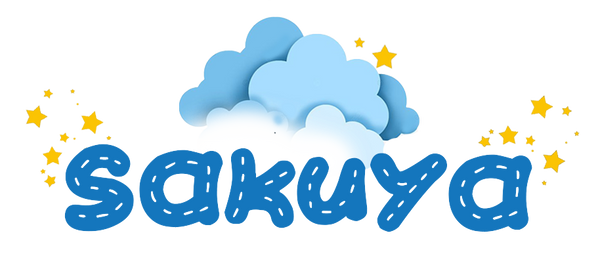Play: More Than Just Fun
Every child loves to play, but there’s more going on than meets the eye, and the child does not understand it in one go that he/she is learning as well. When kids play and build with blocks, solve puzzles, or make up stories with their toys, they’re learning-often without even realizing it. Play is how children figure out the world, pick up new skills, and discover what they enjoy.
Why Play Is Important in Childhood
Play shapes how children think and feel. General play like running, jumping, pretending, and tinkering helps with everything from making friends to learning how to solve problems. Free play, where kids decide the rules and direction, is especially good for building confidence and creativity. Many experts agree that a child’s brain grows stronger with every playful moment.
What Are Learning Toys?
Learning toys are those special items that invite kids to use their minds and hands. Instead of just lighting up or making noises, these toys challenge kids in gentle ways, which are easy to understand, and they inculcate creativity as well to a great extent. It could be a puzzle, a craft kit, or a magnetic set—anything that makes children ask “what happens if I try this?” and motivates them to keep exploring. The goal isn’t just to entertain, but to spark curiosity and check various options.
What Do Studies (or Research) Say About Play?
Years of research on kids have shown that children who engage in playful activities enjoy better memory, stronger language skills, and more flexible thinking. Toys that get kids thinking, building, or pretending help strengthen their brains’ connections. Even simple activities—like sorting, stacking, or matching—can leave a lasting impact on how kids learn and approach challenges throughout life.
How Do Learning Toys Help Kids Grow?
- Thinking skills: Puzzles and simple games boost memory and help kids spot patterns.
- Hand skills: Craft supplies, blocks, and drawing tools develop steady hands and careful movements.
- People skills: Board games and pretend play sets teach children to share, listen, and take turns.
- Creativity: Art kits, building toys, and dress-up gear let kids turn new ideas into reality.
Picking the Best Learning Toys
Choosing toys doesn’t need to be tricky and time-consuming. You may just think about your child’s age, interests, and what skills they’re building right now. Babies and toddlers do well with textured toys and simple blocks. Preschoolers love things that challenge their thinking, like matching games and easy puzzles. As kids get older, science kits, more complex puzzles, and themed sets keep them engaged and growing. Safety is always important for kids, so you should check age labels and its materials and look for sturdy materials as well as environmentally friendly. Also, it should be free from low-quality plastics, etc. which may have health hazards.
Great Picks from Sakuya.n
Here are some standouts you might love:
- Building kits for future engineers
- Art and craft packs for little creators
- Printable activity sheets for rainy days or travel
- Magnetic shapes for open-ended construction
- Storytelling sets to make bedtime fun and boost language
Each item is chosen for both enjoyment and how well it helps your child grow and improve overall development in kids.
Getting the Most out of Playtime
- You may set aside a little time each day for play screens needed for it.
- You may change toys from time to time to keep things fresh and interesting.
- You, as a guardia,n may join in when you can; kids love it when grown-ups play too
- You may celebrate effort and progress, not just finishing or winning
By letting children explore freely may get messy sometimes, but that’s often when the best learning happens.
A Few Final Thoughts
The toys your child plays with or wants to play with really do make a difference in engagement, fun, and learning. A good, thoughtful toy is more than a time-filler—it creates a door to new experiences. By choosing learning toys in an appropriate way and giving your child plenty of time to play, you’re helping them build stronger minds, innovative thinking, healthier relationships amongst them, and lots of happy memories. They will not feel bored at all.
Frequently Asked Questions
1. When should I introduce learning toys?
From the very start, babies benefit from gentle texture toys, and as they grow, you can add more types.
2. How can I keep toys clean and safe?
You may wipe them down often, say after a few days regularly, follow the maker’s/manufacturer’s general directions, and check that nothing is broken or has sharp edges.
3. Are learning toys really worth it?
Yes! Toys that encourage thinking and exploring support your child in many ways, now and for years to come.

